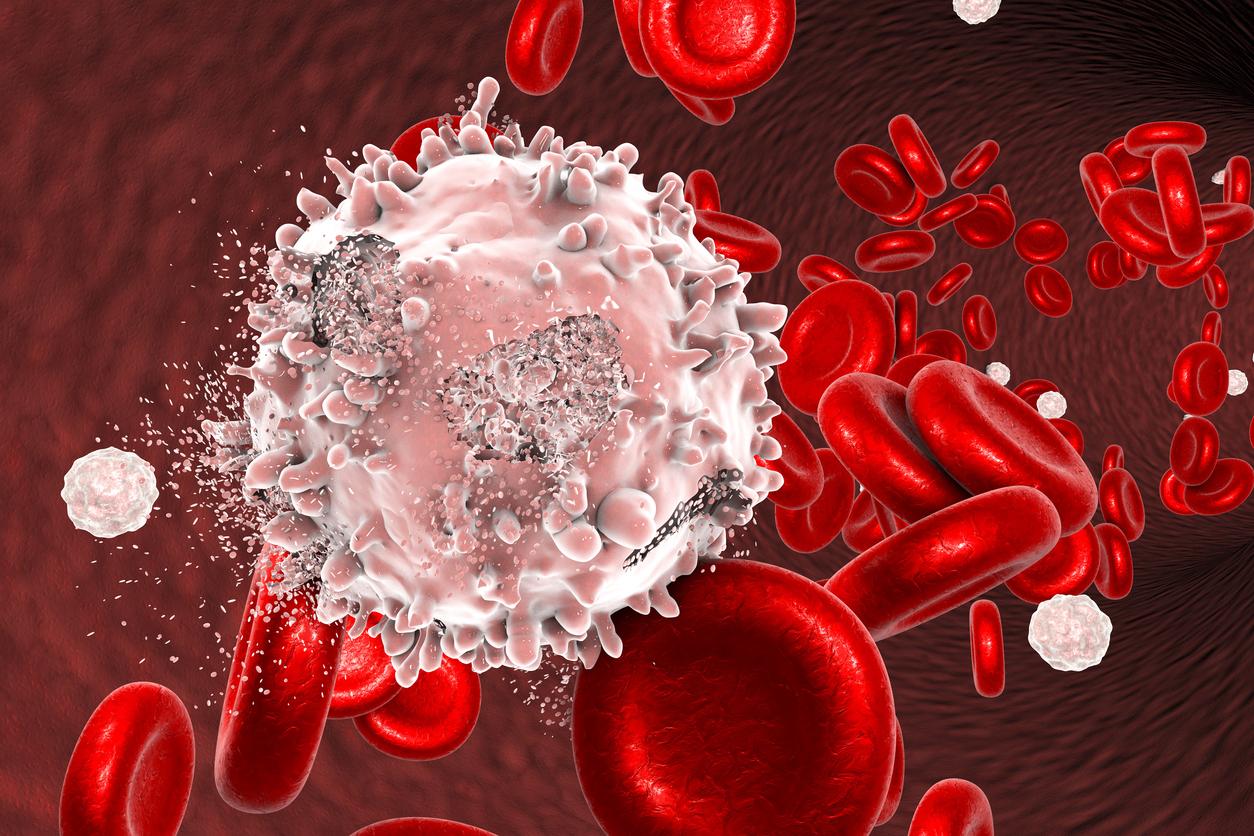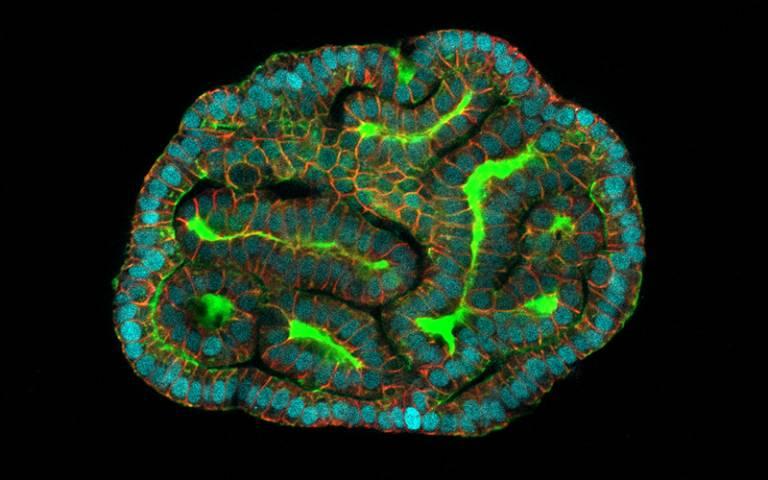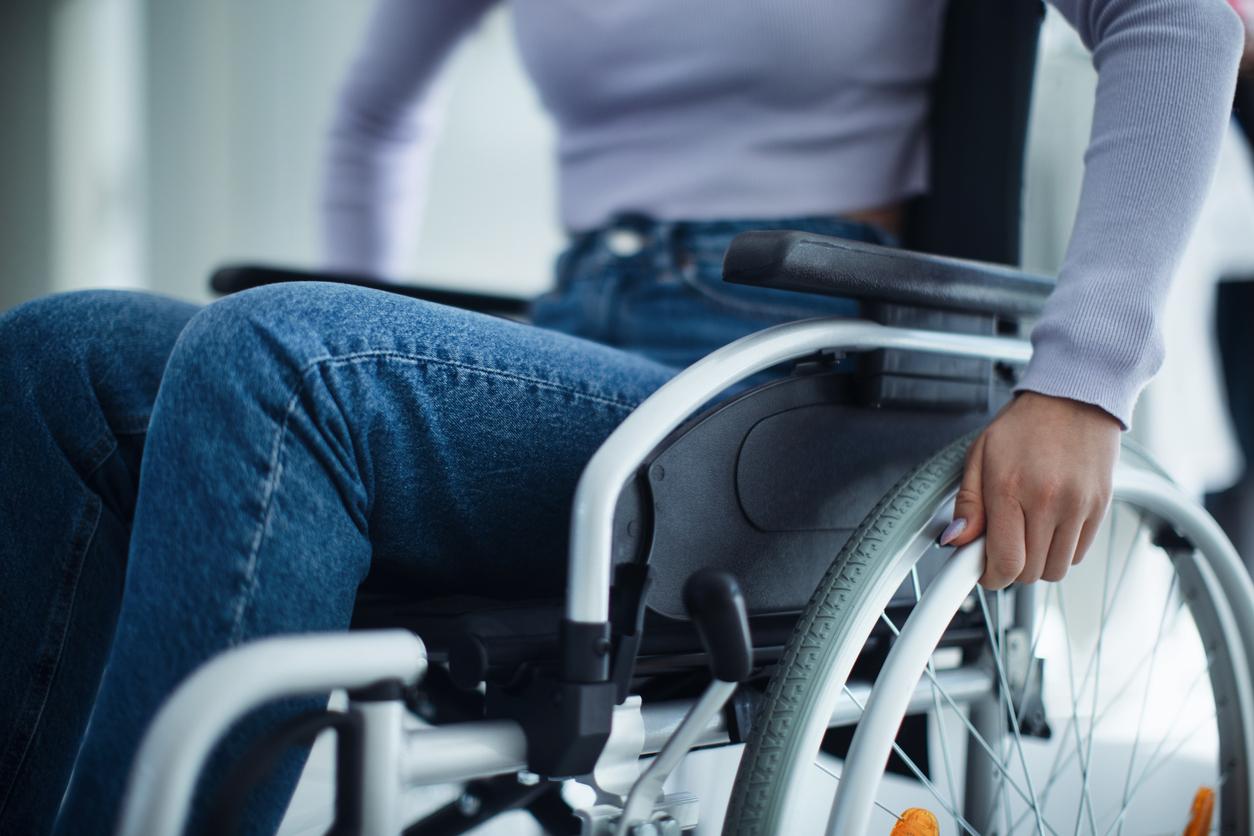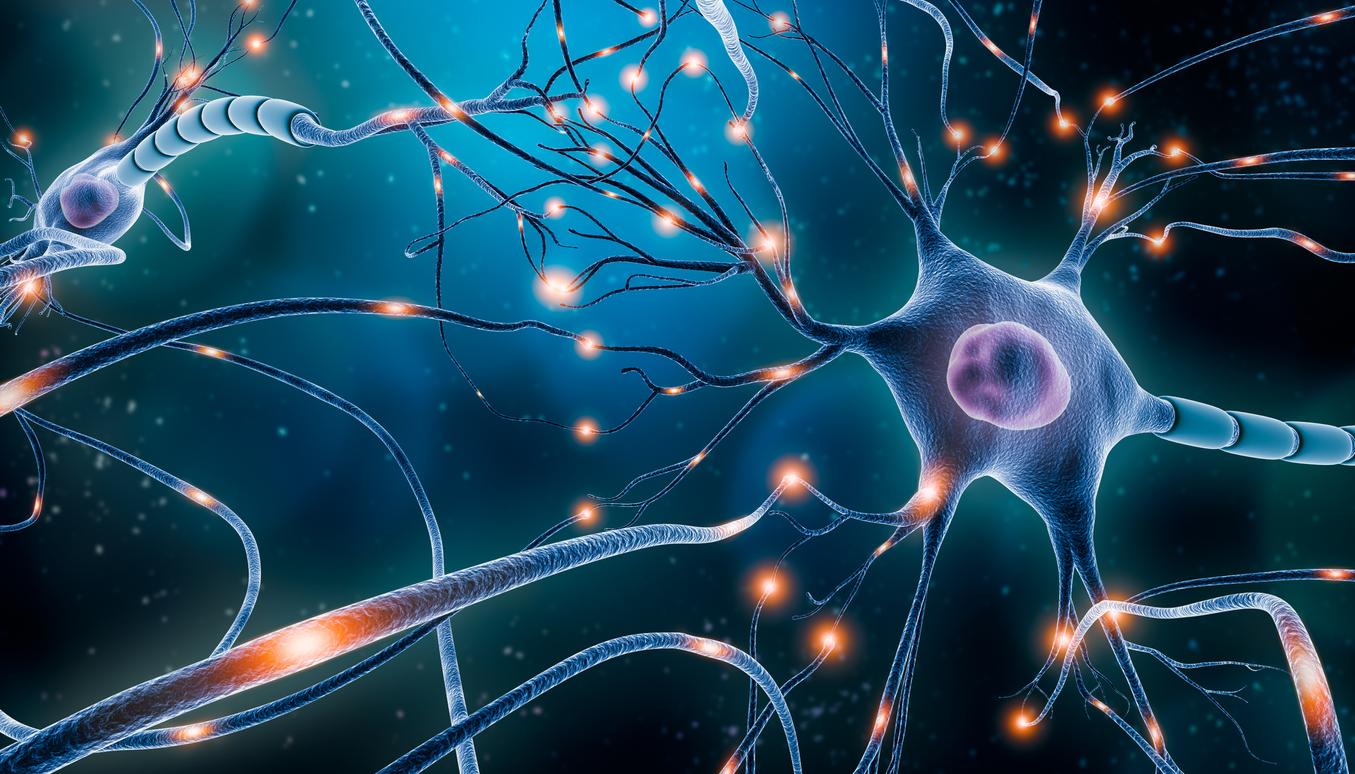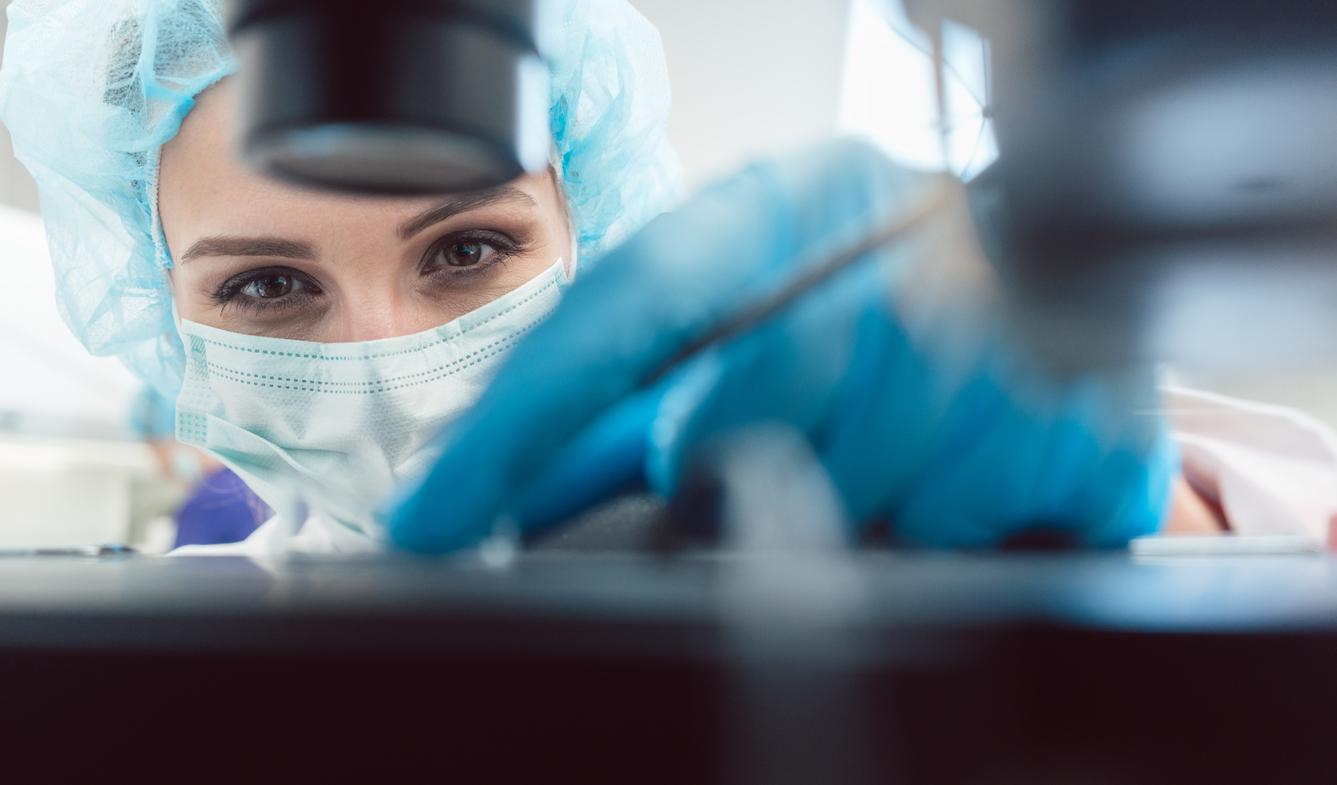Stem cells, cells that can transform into different types of specialized cells, offer fascinating prospects for regenerative medicine. They have the potential to repair or replace tissues damaged by disease, injury or aging.
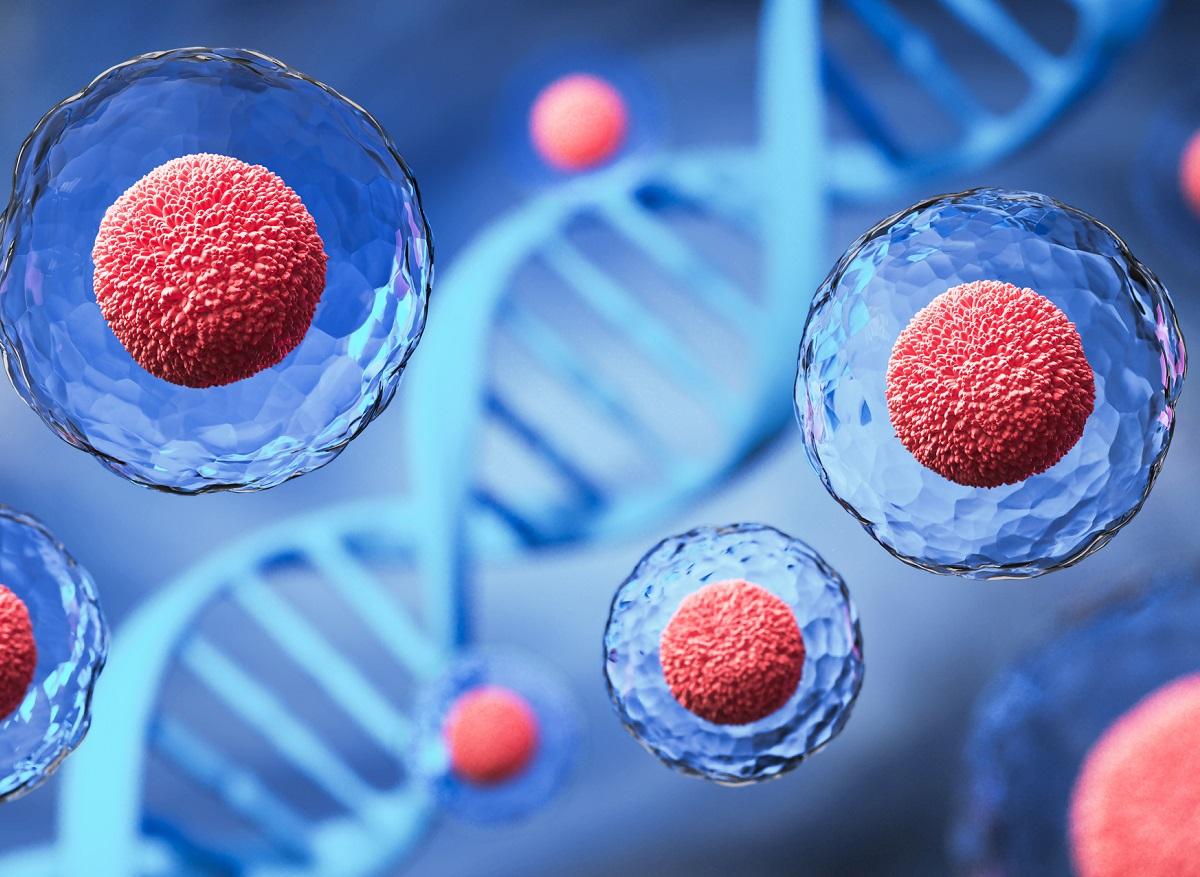
- Various applications: Stem cells offer solutions for treating degenerative diseases, repairing injuries and personalizing therapies.
- Ethical and scientific challenges: The use of stem cells raises ethical questions and challenges such as immune rejection and cancer risks.
- Recent advances: Progress in tissue engineering, the use of iPSCs and combined gene therapies open new perspectives for regenerative medicine.
Stem cells are unspecialized cells that have the ability to differentiate into various types of body-specific cells. They can divide and renew themselves indefinitely, which distinguishes them from other cells. There are two main types of stem cells:
1. Embryonic stem cells (ESCs)
Embryonic stem cells come from embryos in the early stages of development. They are pluripotent, meaning they can differentiate into almost any type of cell in the body. Their regenerative potential is immense, but their use raises ethical questions because they are derived from human embryos.
2. Adult stem cells (ASC)
Adult stem cells are found in mature tissues, such as bone marrow, blood, and fat. They are multipotent, meaning they can differentiate into a limited number of cell types. For example, hematopoietic stem cells from bone marrow can become blood cells. ASCs are less ethically controversial than ESCs because they can be harvested without destroying embryos.
Stem cells are at the heart of regenerative medicine, which aims to repair or replace damaged tissues. Here are some of their promising applications:
1. Treatment of degenerative diseases
Degenerative diseases, such as Parkinson’s disease, multiple sclerosis and heart failure, could benefit from stem cell therapies. For example, neural stem cells could be used to replace neurons lost in Parkinson’s disease, while cardiac stem cells could repair damaged heart tissue after a heart attack.
2. Repair of wounds and burns
Stem cells can speed healing of wounds and burns. Researchers are working on skin grafts made from stem cells to treat severe burns. Additionally, stem cells can help regenerate damaged bone and cartilage, offering new options for patients with fractures or joint disease.
3. Personalized medicine and cell therapies
Personalized medicine uses a patient’s own stem cells to create tailored treatments. For example, stem cells from a patient’s blood can be genetically modified to treat inherited diseases, such as sickle cell anemia. Additionally, cell therapies, where stem cells are implanted directly into a patient’s body, can treat specific conditions by replacing damaged cells with healthy ones.
Stem cells: challenges and ethical considerations
The use of embryonic stem cells raises ethical debates because it involves the destruction of human embryos. Many countries have strict regulations regarding ESC research. Research on adult stem cells and induced pluripotent stem cells (iPSCs), which are reprogrammed from adult cells, offer less controversial alternatives.
One of the main challenges of cell therapy is immune rejection, where the patient’s body rejects the transplanted cells as foreign. Researchers are working on techniques to reduce this risk, such as using autologous stem cells (from the patient themselves) or genetically modifying the cells to make them compatible with the patient’s immune system.
Stem cells have a high capacity for division and proliferation, which can sometimes lead to risks of tumor formation. It is crucial to control and direct the differentiation of stem cells to avoid the development of cancers. Research continues to better understand these mechanisms and minimize the associated risks.
Recent advances and future of tissue regeneration
Tissue engineering combines stem cells with biomaterials to create functional tissues. For example, researchers are developing artificial hearts, livers, and kidneys from stem cells, offering potential solutions for organ transplants. These advances could reduce reliance on organ donors and improve survival rates for patients waiting for transplants.
Use of induced pluripotent stem cells (iPSCs)
iPSCs are adult cells reprogrammed to a pluripotent state, similar to embryonic stem cells. They offer enormous potential for regenerative medicine without the ethical issues associated with ESCs. iPSCs can be used to model diseases, test drugs, and develop personalized cell therapies.
Combined gene and cell therapies
The combination of gene and cell therapies opens up new possibilities for treating genetic and acquired diseases. For example, stem cells can be genetically modified to correct mutations before being implanted in the patient. This integrated approach could offer long-lasting and potentially curative treatments for currently incurable diseases.
Stem cells represent a major advance in regenerative medicine, offering potential solutions to repair and replace damaged tissues. Their applications in the treatment of degenerative diseases, wound repair, and personalized medicine offer promising prospects. However, ethical and scientific challenges remain, requiring continued research and regulation to ensure safe and effective treatments.












